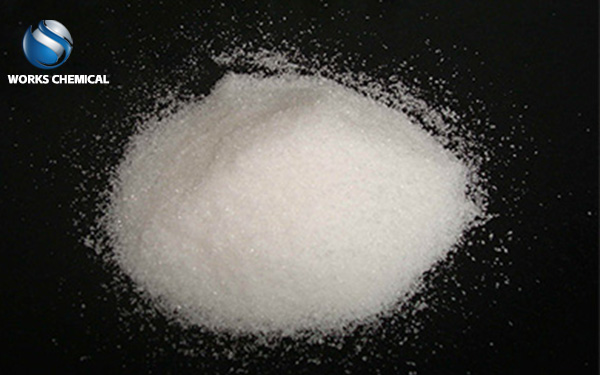
Sludge dewatering needs to use sludge dewatering agents, then what are the sludge dewatering agents? Add what medicine effect is good? About a series of problems of sludge dewatering agents, today Works Chemical sludge dewatering agents manufacturers to give you a brief talk: sludge dewatering as the name suggests is the sludge after sewage settlement and then dewatering treatment, so that you can better dispose of sludge.

There are many kinds of sludge dewatering agents, common are polyaluminum chloride, polyaluminum ferric chloride, ferric chloride, lime, anionic polyacrylamide, cationic polyacrylamide. So what kind of sludge dewatering agent added sludge dewatering effect is good? Now the dehydration effect of the common sludge dewatering agents on the market is not very ideal. The use of these more traditional sludge dewatering agents can remove some of the water in the sludge, but it is still unable to achieve deep dewatering of the sludge.
At the same time, the use of polyaluminum chloride, lime, ferric chloride and other traditional water treatment agents still have some drawbacks. First, the use of these traditional water treatment agents to treat sludge dehydration amounts. Second, lime is corrosive and will seriously corrode dewatering equipment. Third, the operating costs of enterprises are high. Fourth, the sludge dehydration is not complete, and the sludge after conditioning is easy to stick to the filter cloth. Of course, the drawbacks of traditional dewatering agents are more than these, which is just a simple example of the shortcomings of four traditional dewatering agents.
The use of the new sludge conditioner:
The first step: the sludge is pumped to the conditioning tank, and the sludge conditioner and synergist are added to the conditioning tank respectively. In the conditioning tank, the reagent and the sludge are fully mixed for reaction.
The second step: dehydrate the sludge pump such as the ultra-high pressure press through the automatic high pressure pump;
The third step: the filtrate is returned to the sewage system for treatment, reused or discharged after reaching the standard, and the dehydrated dry mud falls into the conveyor belt below and is centrally sent to the unloading yard;